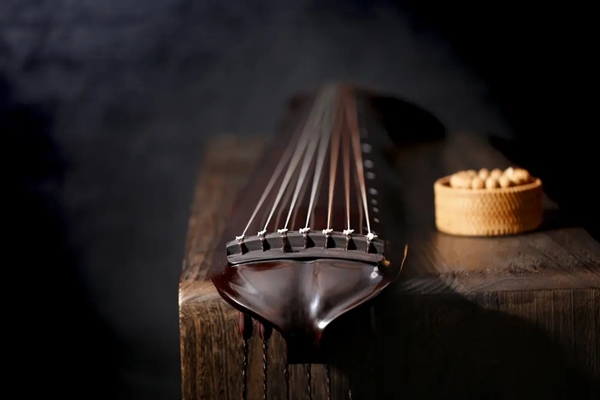The essence of Guqin art: How to accurately identify the overtones of each string emblem
Guqin, as one of the four traditional Chinese Musical Instruments, its unique timbre and rich expression come from the ingenious combination of strings, symbols and overtones. Among them, overtone is a major feature of Guqin music, which can not only create a clear and transparent timbre, but also show the elegance and far-reaching of Guqin music. To accurately identify the overtones of each guqin string emblem, we can start from the following aspects:

1. Understand Guqin structure and emblem division
Guqin usually has seven strings, each string is distributed with thirteen emblems, emblems are inlaid on the surface of the harp marks, mainly used to determine the intonation and overtone position. Each position divides the string evenly into equal parts, and these points are exactly where the overtone is produced.
2. Understand the principle of overtone generation
Overtones are produced by the partial vibration of the string, and are usually produced by gently touching the string at the crest position so that it vibrates near the split point of the crest position, rather than vibrating the whole string. For example, the seventh seal is half the length of the string, and playing the overtone here is equivalent to producing the second octave of the fundamental frequency of the string.
3. Practical operation and identification
Seven emblems: Located in the middle of the string, it is the most easily recognized overtone point, and playing here will produce a dichotomous note (that is, an octave of the base note).
Fifth and ninth arms: located one third and three quarters of the string, respectively, these two positions produce overtones that are the third and fourth octaves of the base note.
Four and ten: The four and three quarters are also important overtones, and the corresponding pitch is based on the higher or lower scale of the seven overtones.
4. A step-by-step approach to learning
Beginners can identify the overtones one by one through repeated practice and listening, and deepen their understanding with relevant music theory knowledge. You can start with the overtone of the seven emblems, and then gradually expand to other emblems after proficiency. At the same time, with the help of a tuner or professional guidance, the standard pitch is verified, and the memory of the overtone pitch of each symbol is deepened.
Through the systematic study and practice of the above steps, Guqin lovers and players can more accurately find and play the different overtones of each string of the guqin, and further improve the skill level and artistic expression of the guqin performance.
 渝公网安备 50010702504639号
渝公网安备 50010702504639号